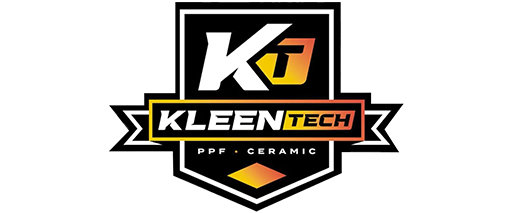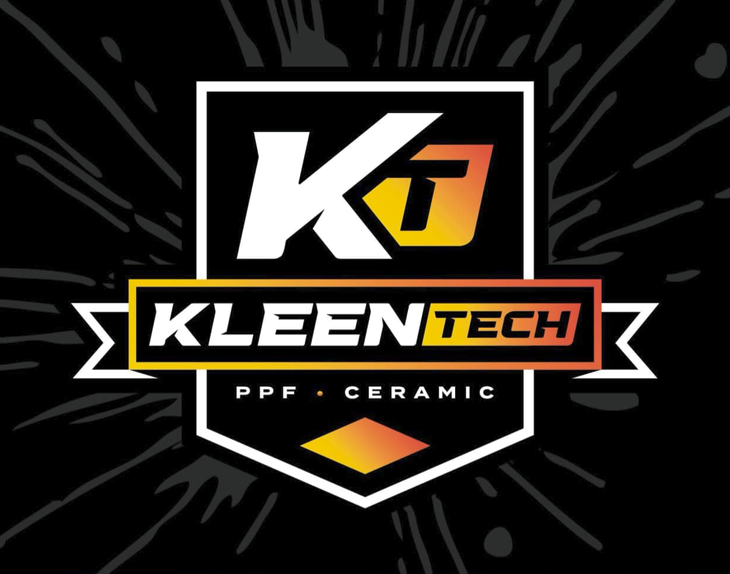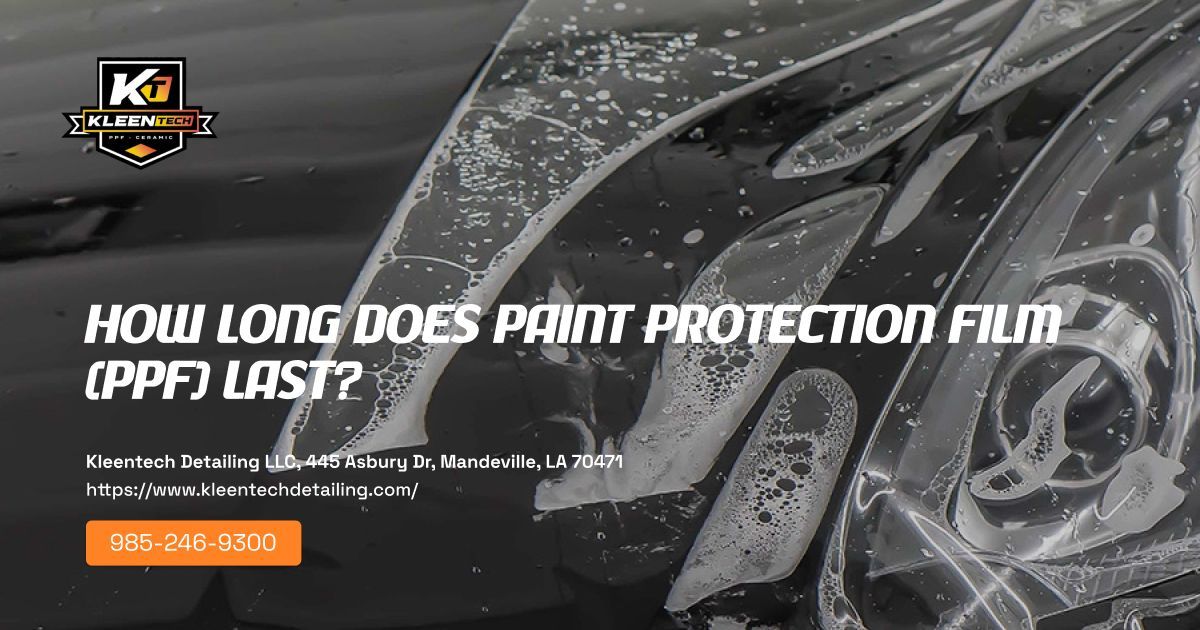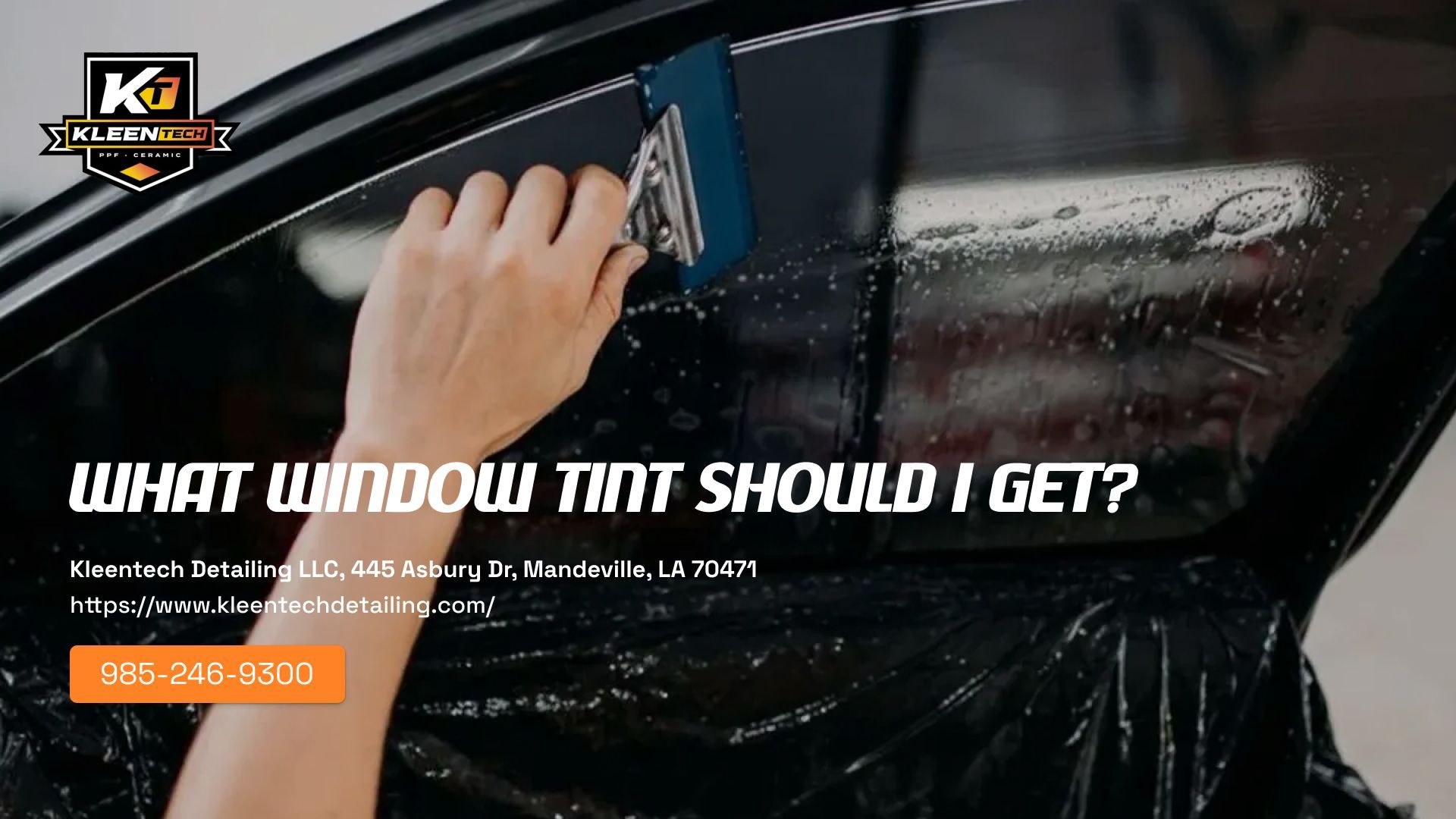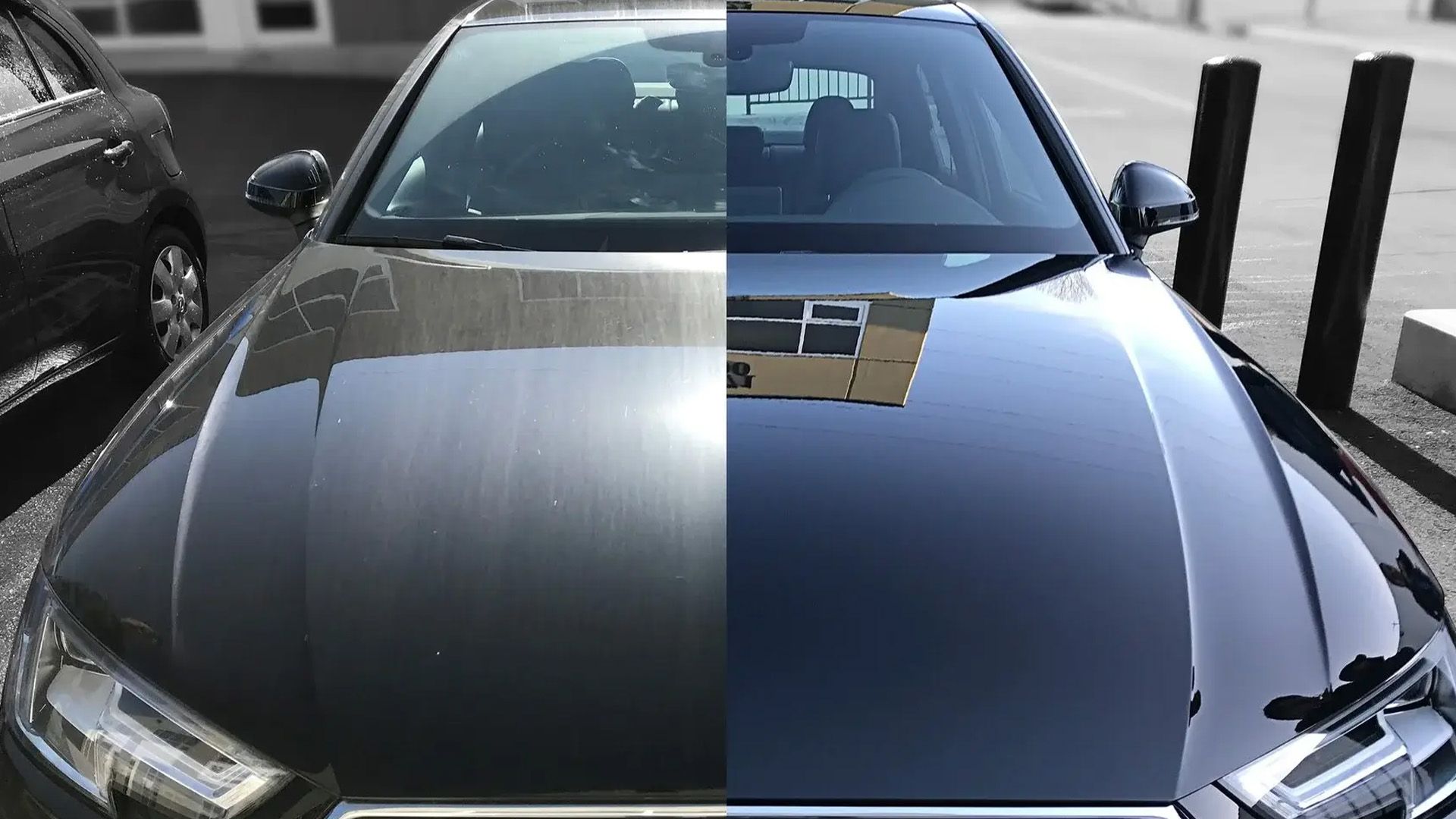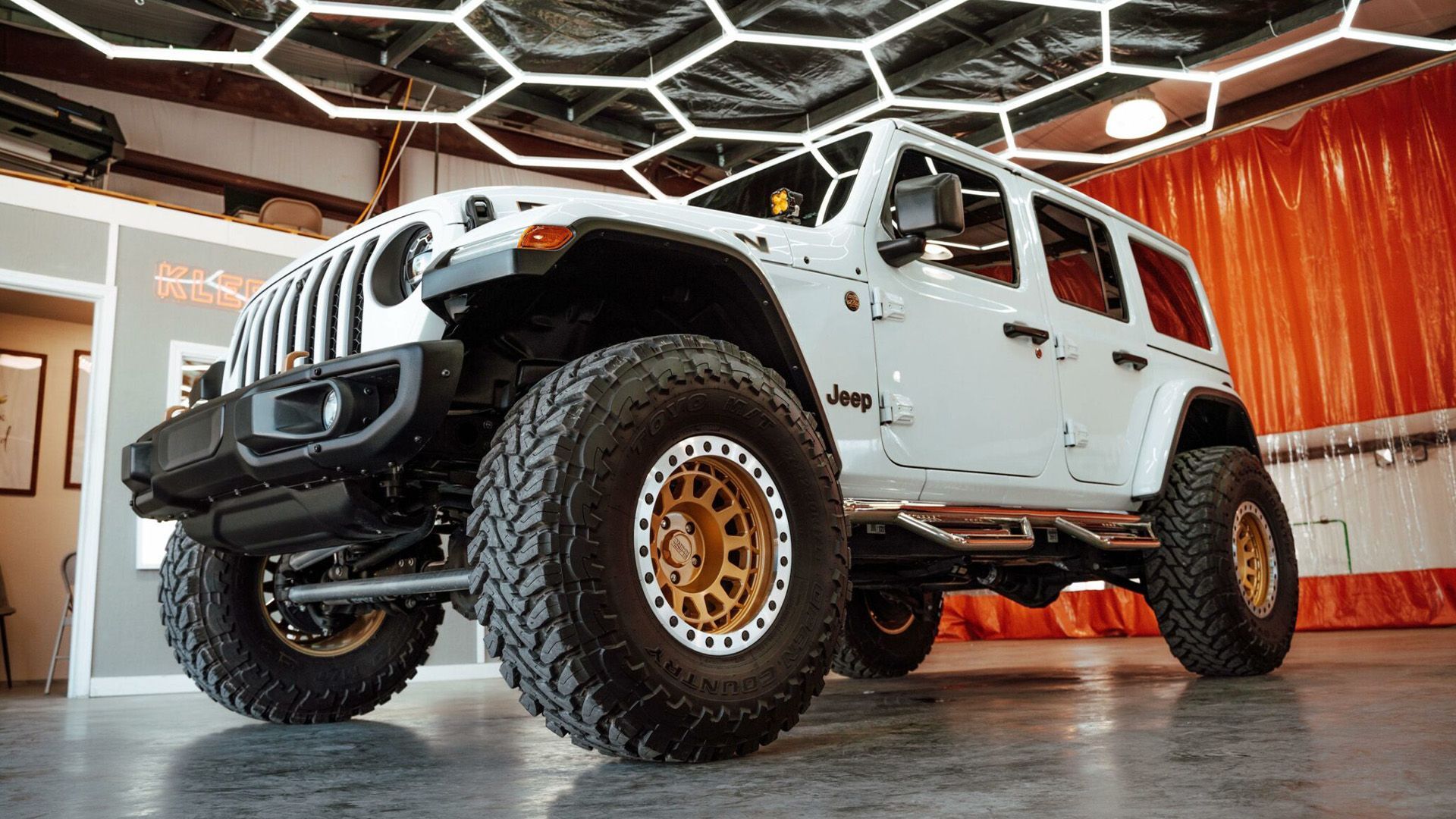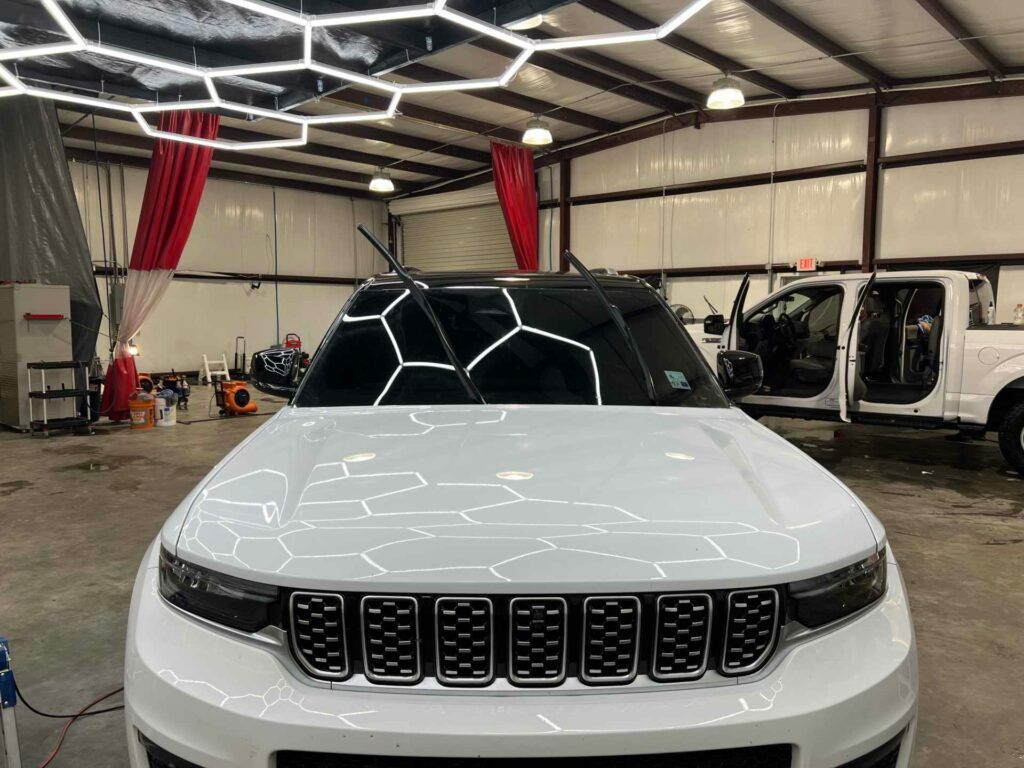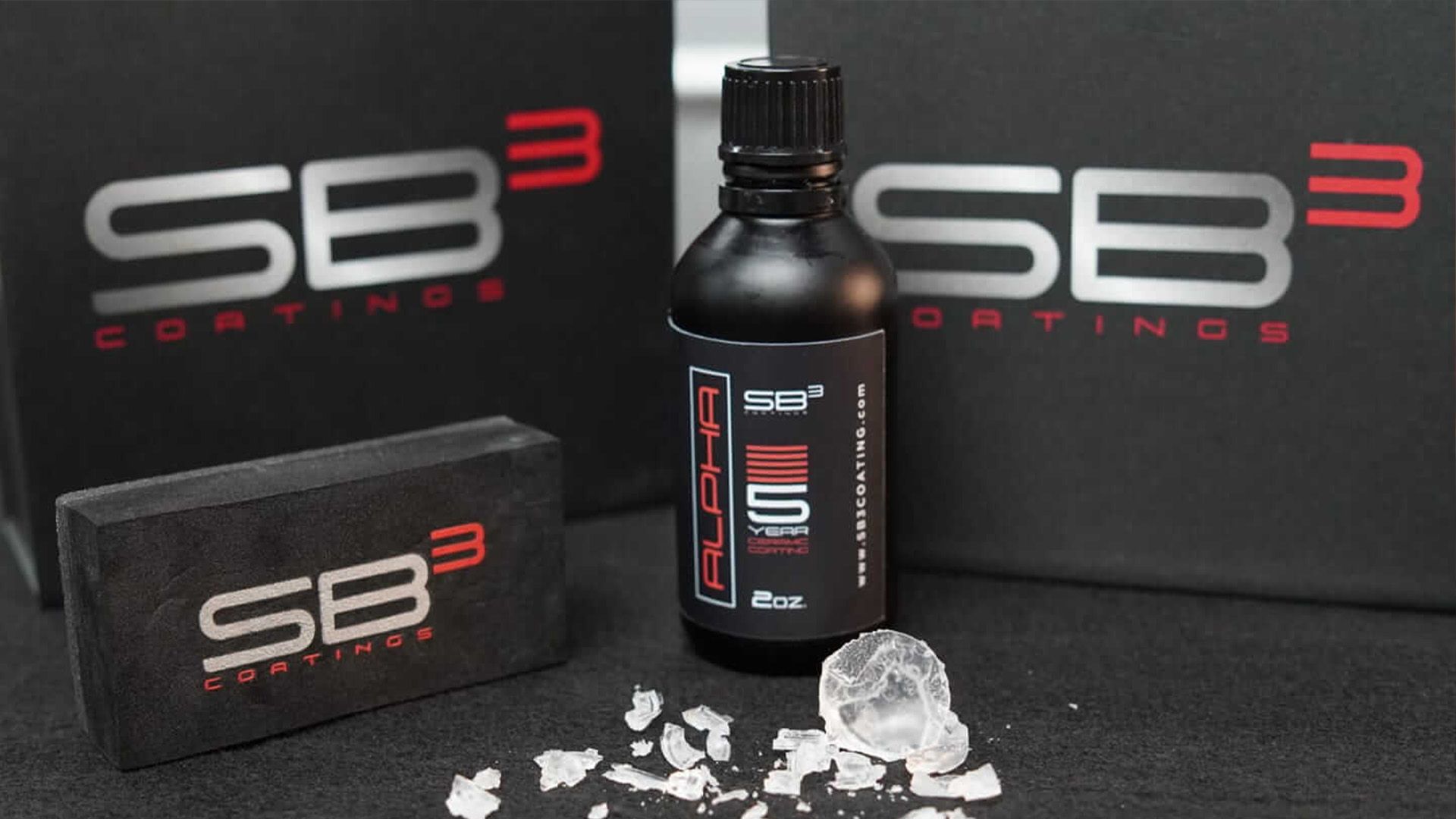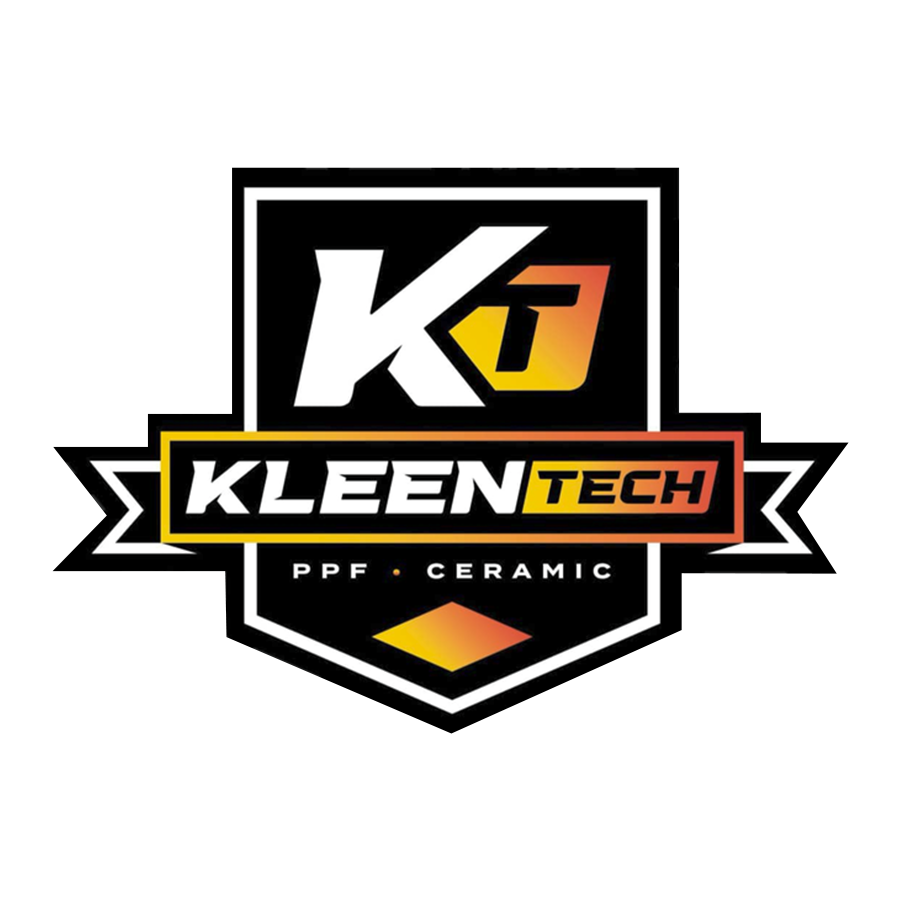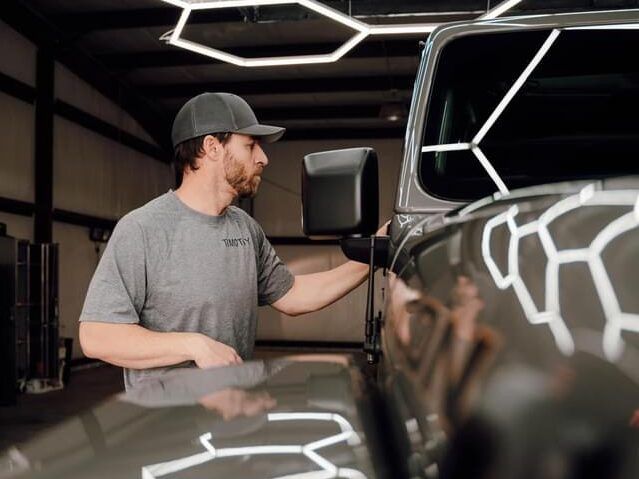Introduce DIY Guide To Applying Ceramic Coatings
Table of Contents
The use of car ceramic coatings to protect vehicle surfaces has increased significantly in recent years. In fact, according to a survey conducted by Automotive News, over 40% of all vehicles now have some form of coating applied. This is understandable given the numerous benefits that come with using this type of product; such as improved shine, superior protection from dirt and contaminants, and extended durability.
For those interested in applying their own ceramic coatings at home, there are many DIY guides available online that can help guide them through the process. These guides typically cover topics such as preparation methods, application techniques, curing times, and more. With the right knowledge and tools, it is possible for anyone to apply a professional-quality protective coating to their own garage or driveway.
This article will provide an overview of what is involved when applying car ceramic coatings on your own. It will also explain how our comprehensive DIY guide can assist you throughout each step of the process, so you can achieve optimal results every time.

Preparing Your Car For A Ceramic Coating
Preparing your car for a ceramic coating can seem daunting, especially with a DIY guide. However, it doesn’t have to be complicated or time consuming; by following the right steps and using the correct techniques, you can ensure that your car’s exterior is properly prepped before applying the ceramic coating.
The first step in preparing your vehicle for its ceramic coating is cleaning the exterior of your car. This includes washing off any dirt and grime as well as removing things like sap and bird droppings from the surface of your paintwork. After this is complete, a clay bar treatment should be used to get rid of contaminants such as brake dust and oil which are embedded in the paintwork. With these processes completed, you will have created an ideal canvas on which to apply the diy car ceramic coating.
Cleaning The Exterior Of Your Car
With the adage that a good job is done by doing it right from the start, proper car cleaning is essential to applying ceramic coatings. It is important not only for ensuring that dirt and dust do not remain on your car’s exterior surface but also for providing a better end result with a ceramic coating product of choice. To begin the process, removing old wax or sealant needs to be executed in order to make way for effective application of the chosen ceramic coating product.
Cleaning an automobile requires skill and knowledge, as different surfaces need to be treated differently. A quality auto care cleanser should be used while paying attention to all aspects, such as wheels, tires, trim pieces, and glass surfaces. When using any type of chemical on your vehicle, safety measures must always be taken; this includes wearing protective gear like gloves when necessary. Once everything has been thoroughly cleaned, choosing the right ceramic coating product can then take place with confidence, knowing that you have created an optimal base for its application.
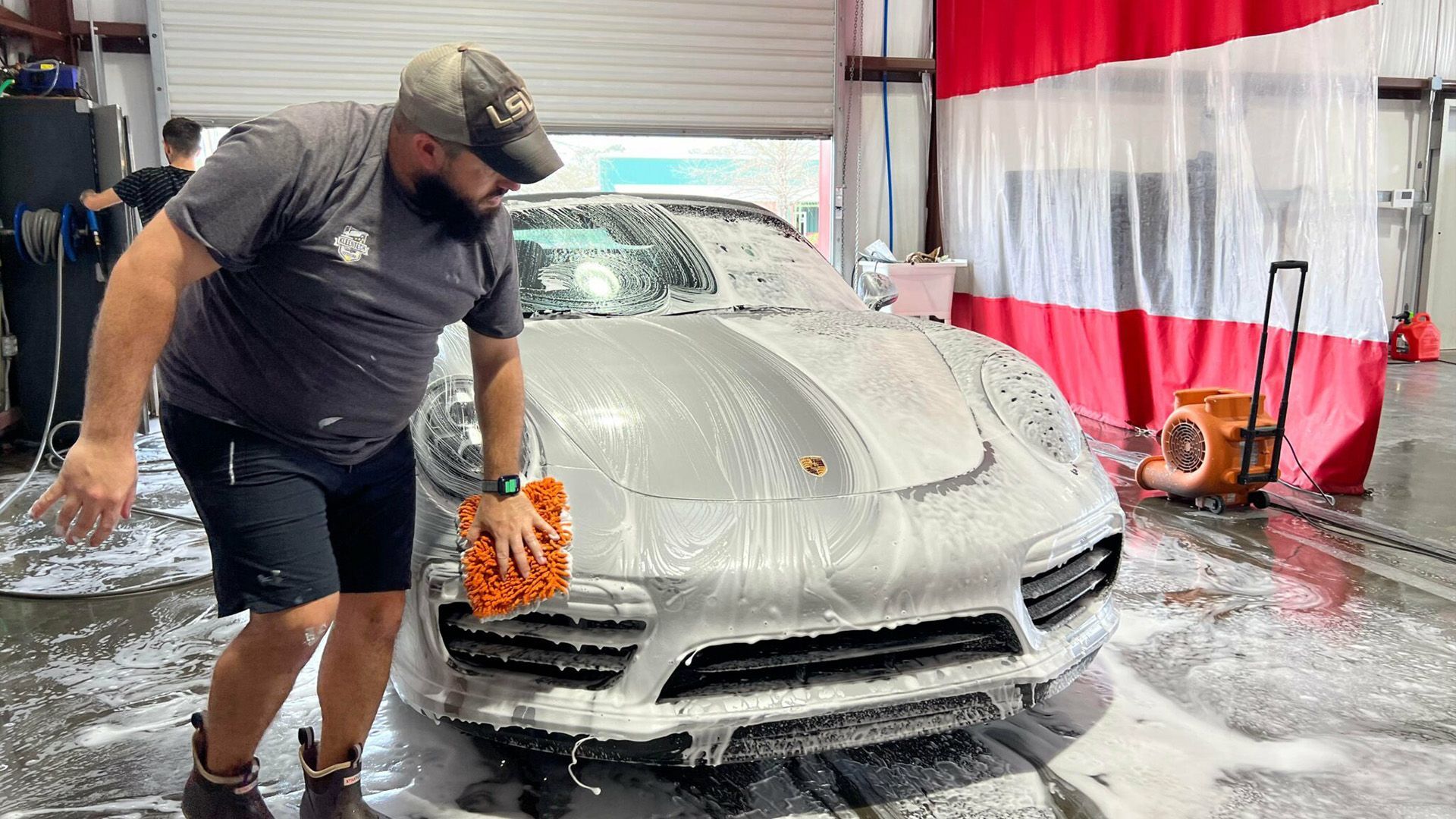
Removing Old Wax Or Sealant
Preparing the perfect surface is paramount when applying ceramic coatings. Prior to coating, all old wax or sealant must be removed from the vehicle’s exterior. Alliteration emphasizes this critical step: scouring surfaces for sealing success. To ensure optimal results, frequently asked questions about ceramic coatings should first be addressed.
DIY ceramic coating tips can help you take your car prep process to the next level of cleanliness and clarity. Cleaning off noxious oils, contamination, and grime is essential before moving on with application of the desired nano-ceramic coating — a job best done with a claybar treatment that will follow. Clay bar treatments are effective in removing bonded contaminants which cannot easily be washed away by hand cleaning methods alone. This process helps provide an ideal substrate upon which to apply any type of ceramic coating successfully. Transitioning into clay bar treatments allows you to move forward confidently in prepping your car’s exterior for its new protective layer of ceramic sealant.
Clay Bar Treatment
When it comes to ceramic coatings, one of the most important steps is clay bar treatment. This critical process serves two main purposes: removing contaminants from a vehicle’s surface and allowing for an optimal bond between paint and coating. As part of our DIY Ceramic Coating Guide, we will provide step-by-step instructions on how to properly apply this technique.
Clay bar treatment requires specialized equipment such as lubricant, detailing clay bars, microfiber towels and a bucket with warm, soapy water. The first step involves washing the car thoroughly before using a lubricant to ensure maximum effectiveness while working with the clay bar. If done correctly, all dirt particles should be removed without any scratches or swirls left behind; in addition, this allows for seamless application of the ceramic coating later on. Furthermore, once complete, users must remember to maintain their ceramic-coated car by regularly rinsing off any dirt or debris that may have accumulated over time – thus ensuring long lasting protection and shine!
Applying a Protective Ceramic Layer to Your Car
Applying a ceramic coating to your car is now more popular than ever. According to recent studies, over 37 million cars were treated with some kind of ceramic protection in 2019 alone. This article will provide an overview about how you can apply car ceramic coatings yourself at home and also offer tricks for protecting the coating during the curing period.
When applying any type of car ceramic coating, it is important that all surfaces are clean before application begins. The best way to do this is by running a clay bar treatment on the surface first, which helps remove contaminants from paintwork without damaging the underlying layer. During the actual application process, ensure that each step is done correctly; use circular motions when wiping down after washing and take care not to trap air bubbles under the ceramic protective film. Additionally, keep in mind that depending on what product you chose there may be specific instructions or tips provided by the manufacturer—be sure to follow these when applicable!
Finally, once your coating has been applied successfully you must protect it while it cures. For example, make sure not to expose it directly to sunlight or water during this time as either one could lead to damage and premature failure of your new ceramic finish. Keeping these simple tips in mind should help ensure a successful DIY car ceramic coating experience!
Choosing The Right Ceramic Coating Product
The art of achieving a successful ceramic coating application is one that requires both meticulous attention to detail and an understanding of the materials. It’s not just about knowing which product to choose, but also how much time and effort are required for proper troubleshooting – like the difference between a glossy finish or sticky residue. As such, selecting the right ceramic coating product can be likened to finding the perfect piece in a puzzle; it needs to fit perfectly within its designated space in order for everything else to come together as expected.
When choosing a ceramic coating product, there are certain factors that must be taken into consideration. These include: viscosity levels, film thickness, chemical resistance, scratch and mar protection, UV filter performance, self-cleaning ability and other features specific to each individual product. By taking the necessary precautions when researching products on offer, you’ll ensure that your desired results will be achieved with greater ease once it comes time to apply the ceramic coating.
Applying Ceramic Coating
With the car coating industry estimated to be worth over $800 million by 2025, learning how to apply ceramic coatings is an increasingly important skill. To ensure a successful application of this protective finish, it is essential to follow the correct procedures for applying ceramic coating correctly.
The process begins with ensuring the surface area being treated has been thoroughly cleaned and prepped. If done correctly, this will help guarantee that the best results are achieved when the ceramic coating is applied. The next step involves using a sprayer or applicator pad to spread an even amount of product across the surface area in question. It’s crucial that each layer is given enough time to dry before applying any more layers – typically around 15 minutes between coats should suffice. Once all desired layers have been applied and fully dried, inspect the surfaces carefully for signs of imperfections such as runs or sags in order to fix them if necessary. With these factors taken into account, a successful ceramic coating application can be achieved which will leave your vehicle looking better than ever!
To complete this stage of preparation effectively, it’s vital that adequate care is taken during both cleaning and coating stages so that no mistakes are made; this includes allowing sufficient drying times between coats in order for proper adhesion and bonding between layers to occur. Moving forward from here we come onto the next important step; allowing the coatings to cure completely prior to use.

Allowing The Coating To Cure
Curing the ceramic coating is a crucial step for ensuring a successful application. Much like baking in an oven, this process requires patience and attention to detail to ensure that results are up to expectations. During curing, it’s important to be mindful of temperature and humidity levels as these can affect how well the ceramic coating adheres to the surface being treated. Troubleshooting any issues during this time may require additional steps such as using a heat gun or increasing air circulation around the vehicle.
The amount of time required for curing depends on factors such as ambient temperature, humidity, and thickness of the applied coatings. However, allowing adequate time will help guarantee optimal performance once complete. After all layers have been properly cured and cooled down, any remaining residue should be removed with a soft cloth before moving onto final steps and maintenance routine.
Final Steps And Maintenance
The final steps of a successful ceramic coating application can be both exciting and daunting. With one last deep breath, we set forth on the journey to seal in that beautiful luster for years to come.
These are the crucial moments where all your hard work pays off; with just a few more steps, you will have completed this DIY project! To ensure success and longevity of the car’s new look, here is an overview of what needs to be done:
- Final Cleaning: Before curing begins, it’s important that any remaining dirt or debris is removed from the surface. This will help ensure an even finish.
- Curing Process: Once cleaning has been completed, allow enough time (as instructed by manufacturer) for the product to fully cure and reach its full potential. During this process avoid using harsh chemicals or pressure washing as these could damage or weaken the ceramic coatings.
- Maintenance: After completion of the curing process, regular maintenance should include washing and waxing every 4-6 months along with protecting against bird droppings and other environmental contaminants. Ceramic coatings offer superior protection against UV rays and weather elements compared to traditional paint treatments.
With all these considerations taken into account, taking care of our newly applied ceramic coating should become second nature over time – allowing us to enjoy our shining ride for many years down the road!
Protecting The Coating During The Curing PerioD
The curing period of a ceramic coating is an important step in protecting the finish. Curing involves allowing the layer to solidify, ensuring that it adheres properly and lasts for many years to come. During this time there are several tasks that need to be completed in order to ensure successful results. Properly troubleshooting any issues encountered during the process can help avoid long-term problems with the overall finish.
Ceramic coatings require specific temperature ranges and humidity levels throughout the curing period, otherwise they may not adhere correctly or provide adequate protection from UV rays and other forms of wear and tear. It is also important to monitor these conditions closely while applying multiple layers of product, as each layer must be cured before another can be added on top of it. Additionally, using chemical cleaners after application can damage the coating if used too soon; therefore, proper timing should be taken into account when planning out your project.
Once all necessary steps have been taken, you will then be able to enjoy a durable ceramic coated car surface for years to come. With proper cleaning and maintenance techniques following application, your vehicle will remain protected against environmental contaminants and everyday use. Moving forward, you’ll be able to keep your car looking like new and protect its value over time.
Properly Cleaning And Maintaining Your Ceramic Coated Car
The glossy sheen of a freshly ceramic coated car is an undeniable glamour, displaying the successful application of this protective layer. But to keep your vehicle looking as pristine and radiant as when it first rolled out of the garage, properly cleaning and maintaining your ceramic coating is key. This requires more than just regular washing; proper upkeep will ensure that your car remains shielded from corrosion, UV rays, dirt, dust particles and other damaging elements.
Ceramic coatings are designed with durability in mind but require some extra care so they don’t lose their luster after time. For starters, weekly washes using specialized products for ceramic-coated cars can help remove any surface level contaminants without damaging the underlying coating layers. Additionally, opting for professional waxing services at least twice a year can add a polished finish while also keeping the coating protected – all beneficial steps towards providing long lasting protection on your vehicle’s exterior surfaces.
Therefore, taking these vital measures into account ensures you enjoy the full benefits of having a successful ceramic coating applied to your car’s bodywork. With diligent attention paid to its maintenance over time, you can preserve its high gloss look and protect its paint job from further damage well into the future.
Tips And Tricks For A Successful Diy Ceramic Coating Application
Preparing for a successful ceramic coating application requires proper planning, patience and precision. Prior to beginning the process, it is essential to have all tools – including supplies such as microfiber towels and applicator pads – ready in order to avoid any interruptions that may arise. Additionally, troubleshooting potential issues beforehand can help ensure an effective outcome when applying car ceramic coatings.
To facilitate a smooth DIY application, various tips and tricks should be taken into consideration. For example, multiple thin coats are recommended instead of one thick layer since this allows the product to evenly bond with the vehicle’s surface; using an orbital buffer at low speed is also advised as this prevents damage from occurring during the buffing process. Furthermore, post-application care instructions must be followed precisely in order to maintain long lasting protection against environmental contaminants like dirt or dust. Although there may be difficulties encountered along the way, following these steps can increase chances of achieving a satisfactory result when applying ceramic coatings on cars.
Conclusion
The application of car ceramic coatings offers many advantages, such as improved gloss and protection from the elements. Though it is a labor-intensive process, taking the time to properly apply a ceramic coating will result in long-term benefits. The longevity of these coatings depends on several factors, including type of product used and how well they are applied.
When considering whether or not to use a ceramic coating for their vehicle, one should consider the cost versus benefit ratio. Additionally, any existing wax or sealant must be completely removed before applying the new coating. It is important to invest in quality products that have been tested for use on automotive surfaces and adhere to manufacturer guidelines for application times and curing periods.
Finally, it is essential to remember that with proper maintenance and care, a ceramic coating can last up to five years or more. How this period might be extended without compromising safety remains an open question? With regular inspection of your vehicles finish and diligent reapplication when necessary, you can ensure your vehicle has lasting beauty while receiving optimum protection from the environment’s harsh conditions.
FAQs
What tools do I need to apply car ceramic coating at home?
To apply car ceramic coating at home, you’ll need a ceramic coating product, microfiber towels, applicator pads, masking tape, and a clean workspace.
Can I apply car ceramic coating on my own, or do I need professional help?
You can apply car ceramic coating on your own, but it is recommended to seek professional help if you are not confident in your ability to do so.
How long does it take to apply car ceramic coating at home?
The time it takes to apply car ceramic coating will depend on the size of your vehicle, your experience with the process, and the type of coating you are using. On average, it can take anywhere from a few hours to a full day.
How difficult is it to apply a car ceramic coating at home, and what are the risks of doing it myself?
Applying a car ceramic coating at home can be a challenging task, especially for those with limited experience with automotive detailing. There is a risk of damaging the paint if the surface is not properly prepared or if the coating is not applied evenly. Additionally, if the coating is not cured properly, it may not bond effectively to the paint, reducing its protection. It is important to carefully follow the manufacturer’s instructions and to have the necessary tools and equipment to properly prepare the surface and apply the coating.
Are there any specific types of car ceramic coatings that are more suitable for DIY application, or are there some that should be left to professionals?
Some ceramic coatings are marketed as being more suitable for DIY application, with a more user-friendly application process and easier-to-use formulas. However, even with these coatings, it is still important to have some level of experience with automotive detailing to ensure proper surface preparation and application. For more complex or challenging applications, it is generally recommended to have the coating applied by a professional. This will ensure that the coating is applied evenly and that the surface is properly prepared, resulting in maximum protection and durability.
